By Jose Rodriguez 
Urban Teens Exploring Technology (TxT) is an organization that encourages inner city teens to become catalysts of change in urban communities through the use of technology, concentrating on South L.A and Watts high school students. Urban TxT youth develop skills they wouldn’t normally learn in a traditional school like research, public speaking, leadership and project management. The organization considers community, leadership, academics, and technology as pillars that serve as the foundation to succeed in life.
I joined Urban TxT because I wanted a challenge that dealt with technology. I learned how to create a website and realized how much planning it takes. The website was intended to give incoming high school freshmen an idea of what high school is about. It acts as a guideline for freshmen to follow and become competitive applicants for college. I didn’t think I would ever be a project manager for the website. Before the creation of the website, my teammates and I learned how to use web 2.0 tools as resources. Web 2.0 tools are free utility software available to the public. An example of a web 2.0 tool is “Splash up,” a Photoshop-like software that allows users to edit and manipulate images. Learning how to use web 2.0 tools helped us plan the website when the team was not able to meet in one place. That’s when we used “Mind 42,” a web 2.0 tool that allowed us to map out ideas in a form of a bubble map. We would have never learned how to use these tools in high school.
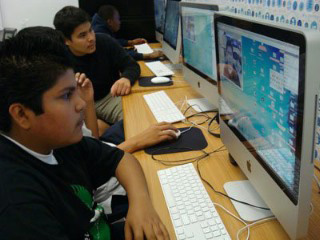 Urban TxT challenged us emotionally through team building. We had to do most of the work from home, making it harder to manage the team and assign new deadlines. Oscar, our mentor, also challenged us with team building challenges. For example, we would have to complete challenges before entering the lab where we would meet. One such challenge was closing our eyes and creating a star with a rope. In order to complete the task, it was important to have good communication among the team members. The purpose for the challenges was to learn how to face problems, even with disabilities. This showed us the importance of working together as a team. Our biggest accomplishment was how we all overcame obstacles. With the help of Oscar’s guidance, we were able to find solutions to complex problems by doing research and thinking outside the box.
Urban TxT challenged us emotionally through team building. We had to do most of the work from home, making it harder to manage the team and assign new deadlines. Oscar, our mentor, also challenged us with team building challenges. For example, we would have to complete challenges before entering the lab where we would meet. One such challenge was closing our eyes and creating a star with a rope. In order to complete the task, it was important to have good communication among the team members. The purpose for the challenges was to learn how to face problems, even with disabilities. This showed us the importance of working together as a team. Our biggest accomplishment was how we all overcame obstacles. With the help of Oscar’s guidance, we were able to find solutions to complex problems by doing research and thinking outside the box.
Being in Urban TxT gave me the opportunity to work with Oscar at L.A. Trade Tech, managing the social media of the organization. He taught me the basic principles of how social media works and its effectiveness. My classmates and I also got the opportunity to visit Cal Poly Pomona which was an amazing experience. Graduate students who helped develop Urban TxT gave us a tour and focused on areas that interested us such as computer science, computer engineering, and civil engineering. We even had the chance to enter labs where students perform experiments and also had a conversation with a professor about hydrology, the study of water, which led to a small lesson of where we can find the best possible source of water. Our plan for the summer is to raise money for a trip to Google. Thanks to Roxanne, who has been able to contact Google staff, arrangements are being made to set a date in which we can all attend.
This article will appear in The Toiler Times, the student newspaper of Manual Arts High School.
Jose Rodriguez is an 11th grader at MAHS.









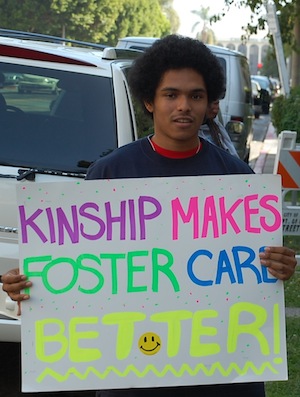 There were about 15,600 minors living in out-of-home placements in Los Angeles County at the end of last year, according to the Department of Children and Family Services. This means that these children are living in group homes, foster homes, shelters or homes of relatives or non-relative extended family.
There were about 15,600 minors living in out-of-home placements in Los Angeles County at the end of last year, according to the Department of Children and Family Services. This means that these children are living in group homes, foster homes, shelters or homes of relatives or non-relative extended family. When Golden State Mutual Life Insurance went bankrupt in 2009, the historic building that had housed the West Adams firm since 1949 was seized by state regulators and slated for liquidation of all assets.
When Golden State Mutual Life Insurance went bankrupt in 2009, the historic building that had housed the West Adams firm since 1949 was seized by state regulators and slated for liquidation of all assets.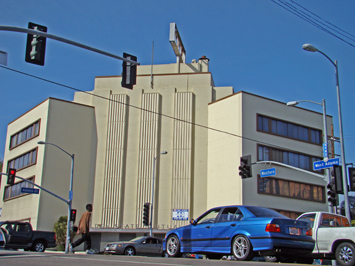
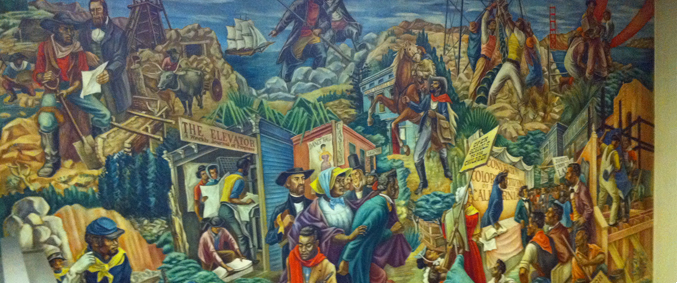

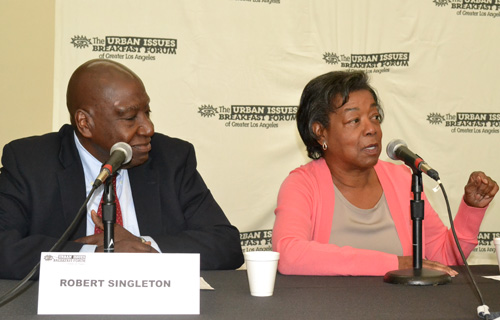
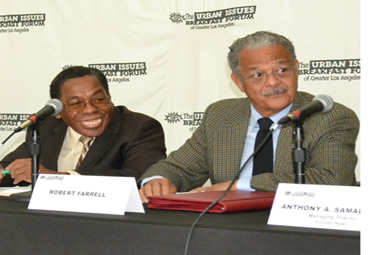 Robert Farrell remembered how black women at UCLA were practically non-existent because the few blacks enrolled were male athletes. Retired California Senator Diane Watson was one of the few black women on campus at the time. As an African American woman who graduated from UCLA, it’s hard for me to imagine a time like that. Though she is not the first, a young black woman by the name of Jasmine Hill is currently student body president of UCLA.
Robert Farrell remembered how black women at UCLA were practically non-existent because the few blacks enrolled were male athletes. Retired California Senator Diane Watson was one of the few black women on campus at the time. As an African American woman who graduated from UCLA, it’s hard for me to imagine a time like that. Though she is not the first, a young black woman by the name of Jasmine Hill is currently student body president of UCLA. 
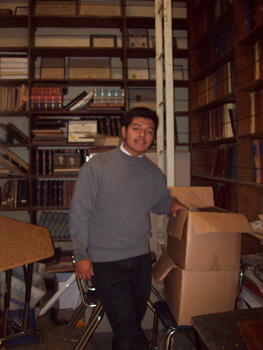 the Manual Arts High School Archive Room is getting revamped and cleaned from years of dust and humidity. As the room remains open for clean-up, it is not difficult to find people passing along and gasping from utter amazement. Teachers, faculty, and students alike signal their first question, “what is all of this?” while poking their head inside the collection room. My answer, “Newspapers and yearbooks.”
the Manual Arts High School Archive Room is getting revamped and cleaned from years of dust and humidity. As the room remains open for clean-up, it is not difficult to find people passing along and gasping from utter amazement. Teachers, faculty, and students alike signal their first question, “what is all of this?” while poking their head inside the collection room. My answer, “Newspapers and yearbooks.” 
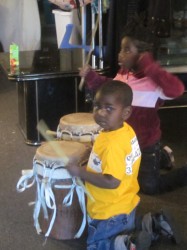 A stuffed animal or toy train may seem like the perfect pastime for a child here in Los Angeles. But in the Diouf household, playtime is anything but ordinary.
A stuffed animal or toy train may seem like the perfect pastime for a child here in Los Angeles. But in the Diouf household, playtime is anything but ordinary.




